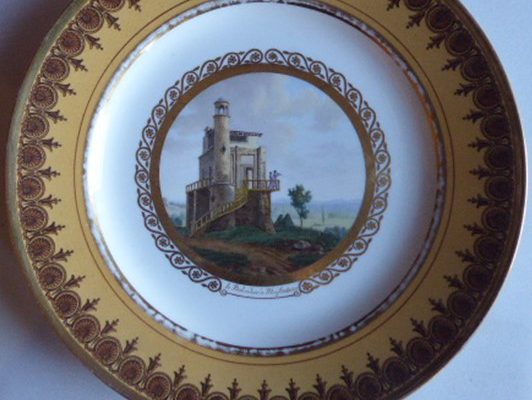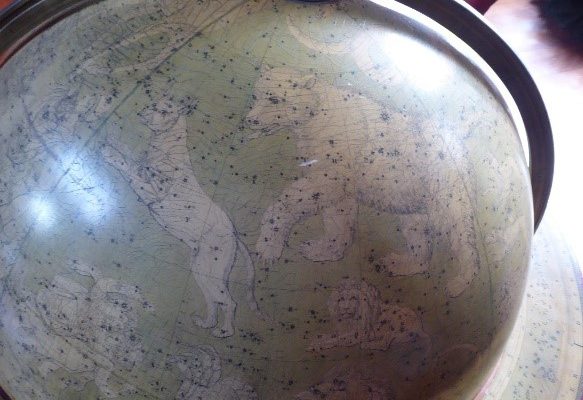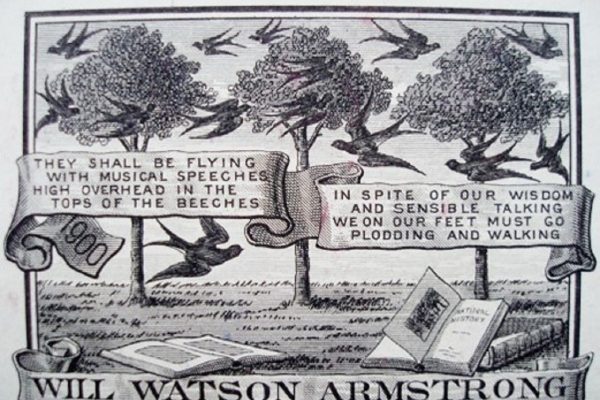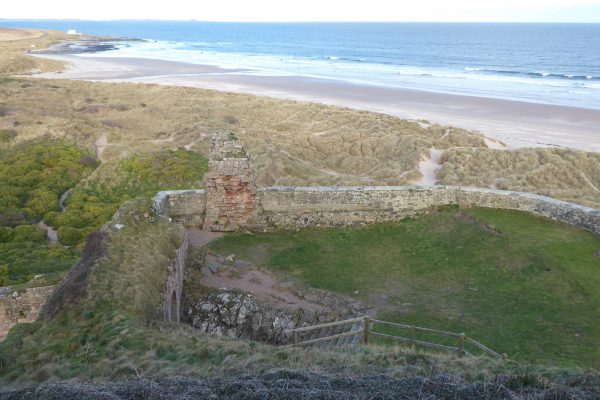
Bamburgh Castle
Medieval fortress high above the sands of the beach.
Bamburgh, Northumberland, NE69 7DF

- Wheelchair ramps/routes
- Large font signs and leaflets
- Accessible toilets
- Guide dogs welcome
- Hearing loops
- Access statement available
- Accessible parking
Visionary inventor, industrialist and philanthropist William George Armstrong bought Bamburgh Castle in 1894. He set about transforming it into his vision of the archetypal castle. The castle houses his unique collection of artwork, ceramics and objets d’art that Armstrong loved and brought him joy.
- Wheelchair ramps/routes
- Large font signs and leaflets
- Accessible toilets
- Guide dogs welcome
- Hearing loops
- Access statement available
- Accessible parking

The Sword of William Watson
The etched blue and gilt blade of Sir William Henry Watson’s sword dates to around 1810. William attended the Royal Military College, Marlow and on 7th May 1812 was given a commission in the 1st Royal Dragoons by the Duke...

Pottery and Ceramics at Bamburgh Castle
Bamburgh Castle in Northumberland is home to a range of historic pottery and ceramics. In this article, Lisa Waters, curator at Bamburgh Castle, reflects on five different types of ceramics visitors can see when inside the castle.

Bamburgh Castle Globes
Two of the most conspicuous objects from the collection of the First Lord and Lady Armstrong, William and Margaret, are the terrestrial and celestial globes. The globes are displayed prominently in the Cross Hall, the centrepiece of the King’s Hall. ...

The Bamburgh Castle Library
The library area would have formed part of the castellan’s apartments, from where running of the castle took place during the medieval period. Now principal figures from the 19th and early 20th century are defined through their personal collections of...

The Ruins at Bamburgh Castle
The site of Bamburgh Castle has been occupied for thousands of years with buildings reflecting high quality structural work of their time. The priority of planning and layout was to defend outer then inner sections of the site, sometimes occupied...
